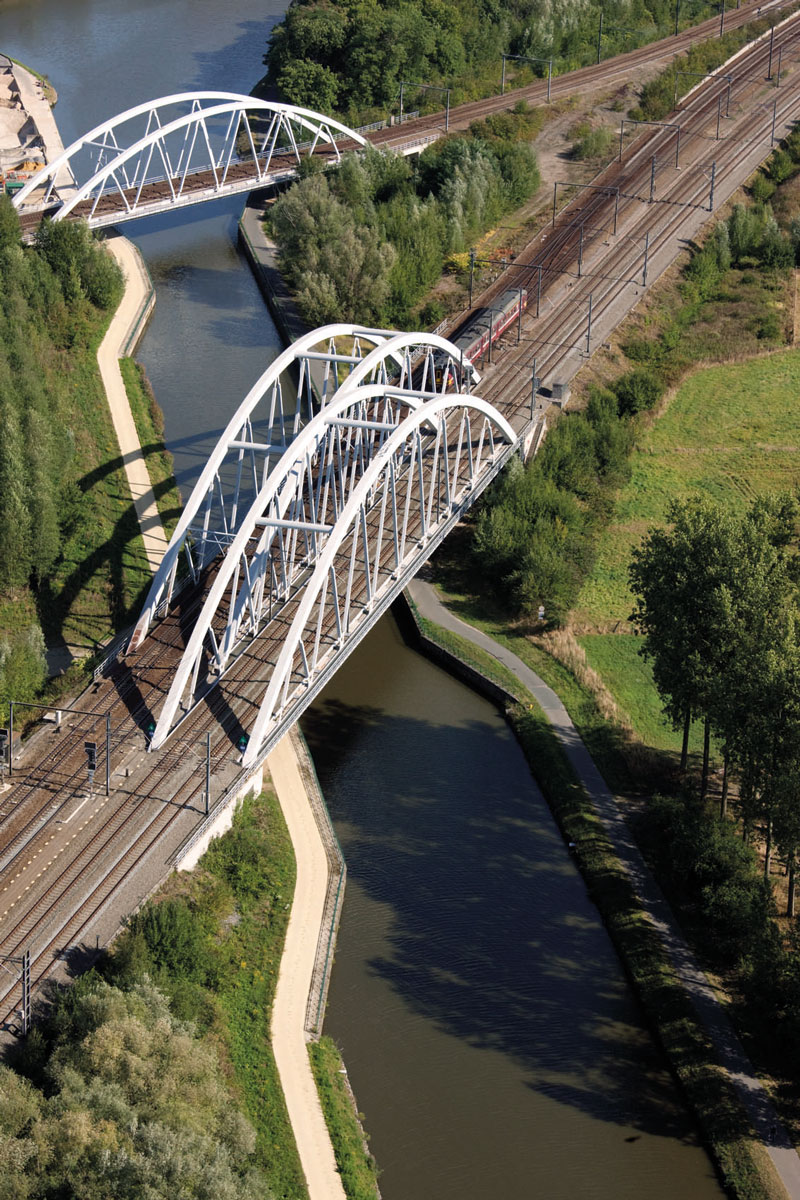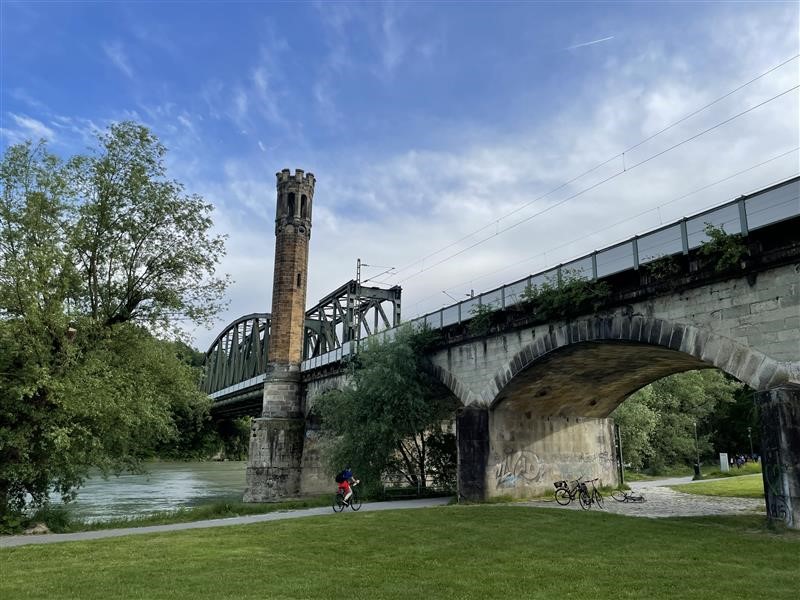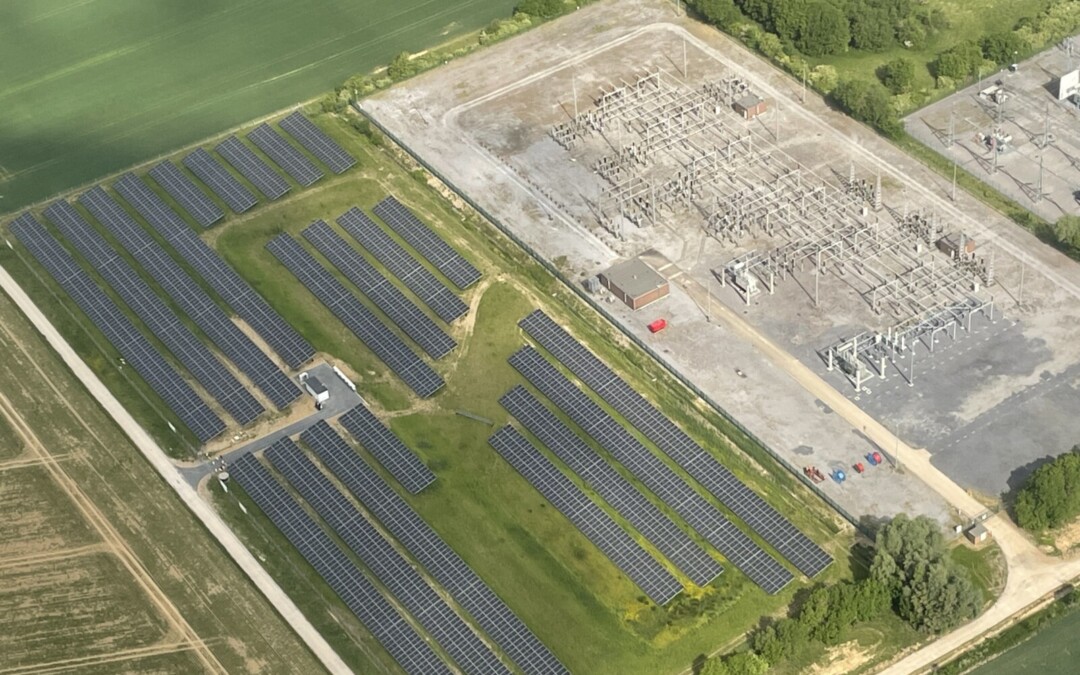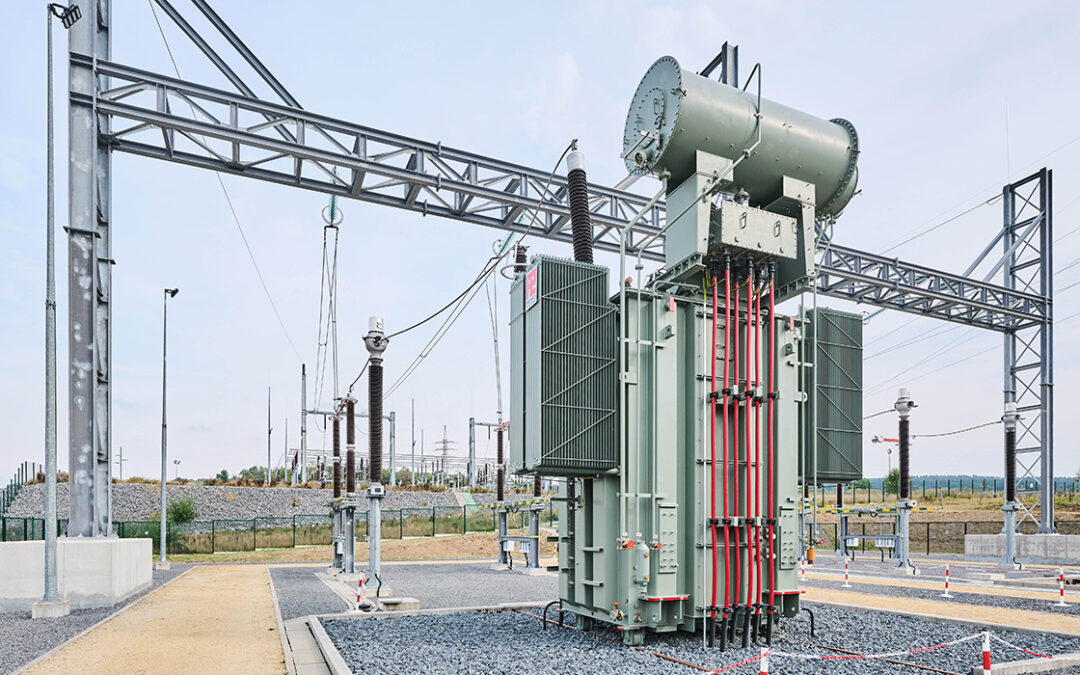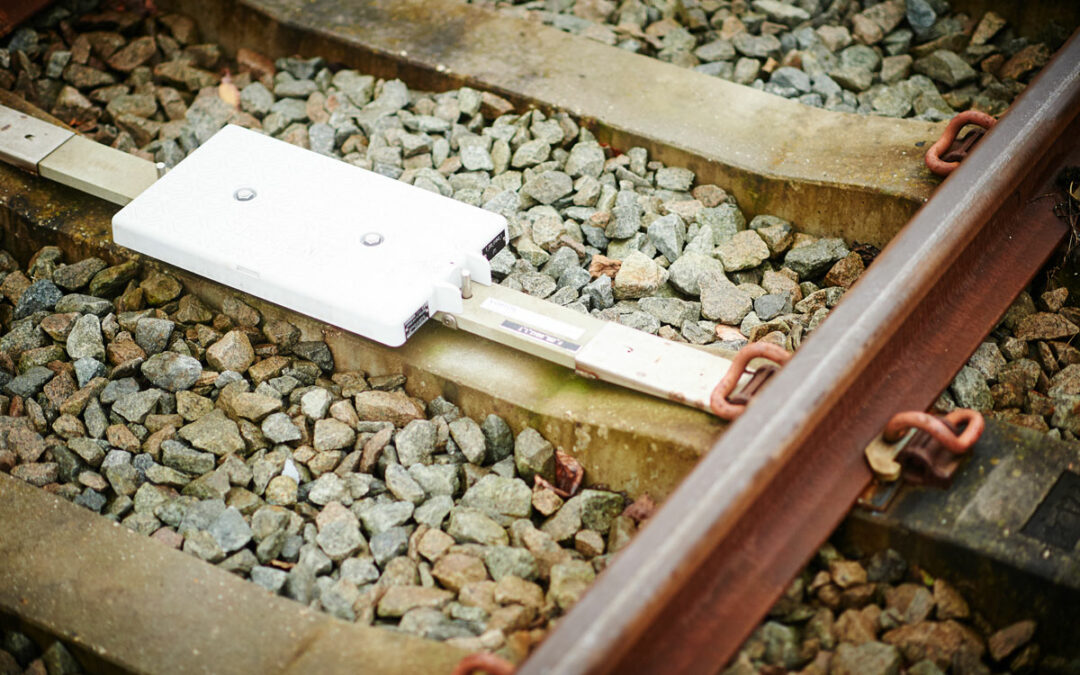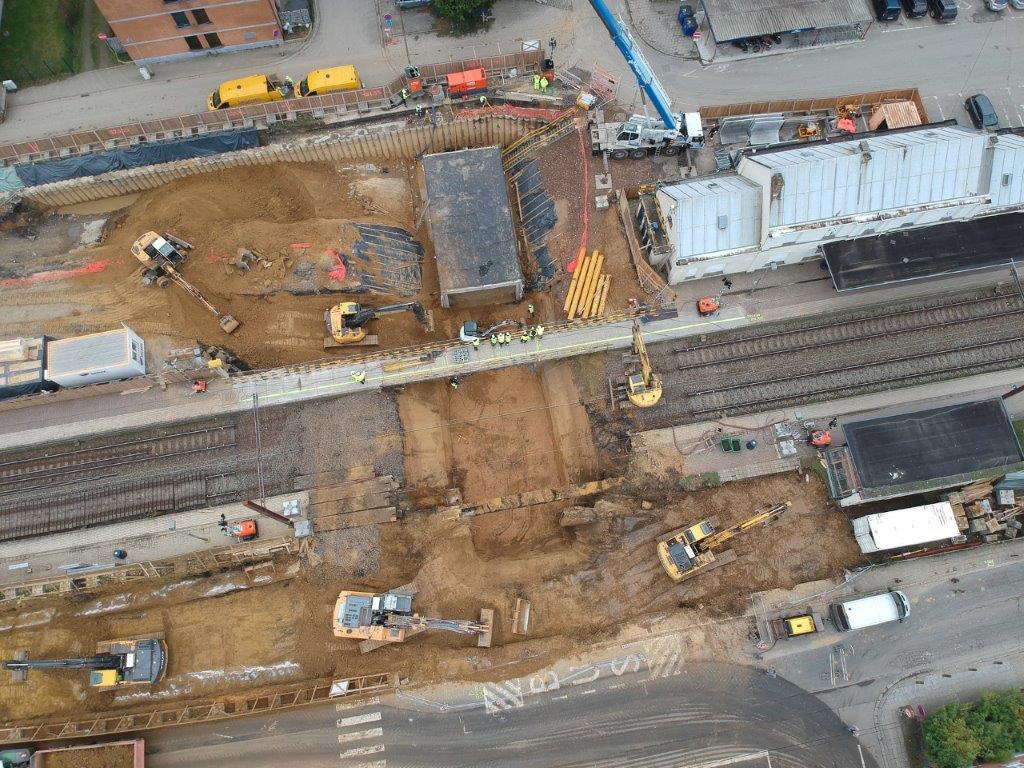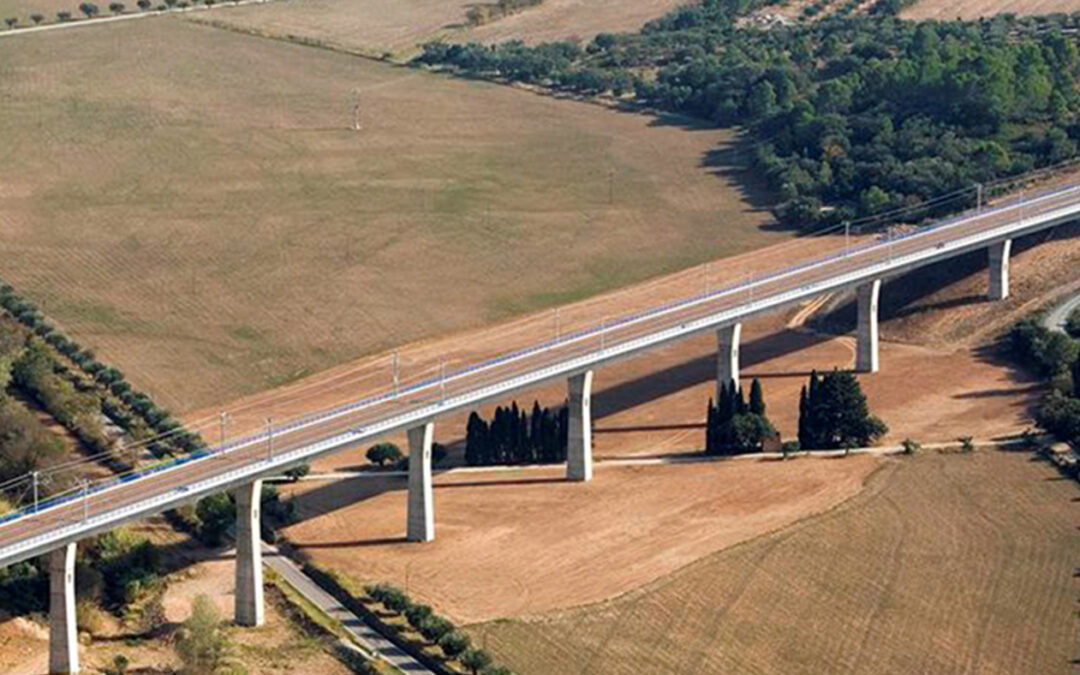High-speed network in Belgium
The Belgian high-speed railway network totals 314 km of double railway lines with a design speed of 330 km/h, electrified at 2 x 25 kV AC and equipped with ETCS. This gigantic 5.2 billion euro program was entrusted to TUC RAIL, which built all the railway infrastructure integrated into the existing conventional network during the period 1992-2009.
Our mission
TUC RAIL was responsible for the management of the entire program: scope, budget, timing, quality of the study and follow-up of the construction of the high-speed network in Belgium. Its main responsibilities concerned feasibility studies, preliminary design studies, detailed design studies, worksite steering and supervision up to certification. This was done for all rail and non-rail operations, with particular attention to the management of technical and operational interfaces.
Through this program, TUC RAIL has become a specialist in complete construction supervision for multidisciplinary railway infrastructure projects. In particular, TUC RAIL developed its own HSL catenary technology, as well as specialised software for project management and railway safety and design.
By integrating this new network into the European TEN-T network, TUC RAIL has demonstrated its ability to build interoperable cross-border railway lines, compatible with technologies in neighbouring countries.
In 2023, TUC RAIL has been mandated to prepare the renewal of the high-speed lines while maintaining the operation of the existing lines.
